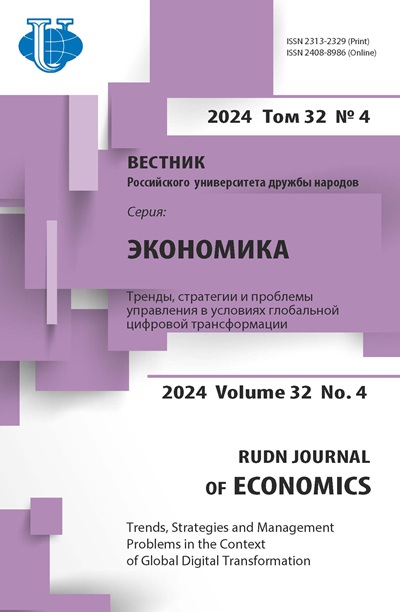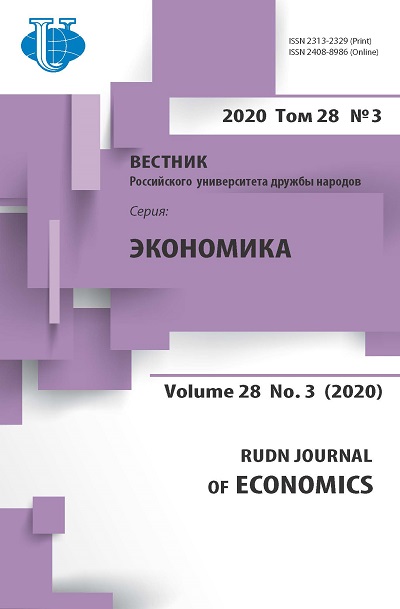Возможности применения зарубежного опыта реализации ГЧП-проектов для совершенствования отечественной модели
- Авторы: Лазанюк И.В.1, Яковлева Т.В.1
-
Учреждения:
- Российский университет дружбы народов
- Выпуск: Том 28, № 3 (2020)
- Страницы: 608-619
- Раздел: ЭКОНОМИЧЕСКИЙ РОСТ И СОЦИАЛЬНО-ЭКОНОМИЧЕСКОЕ РАЗВИТИЕ
- URL: https://journals.rudn.ru/economics/article/view/24677
- DOI: https://doi.org/10.22363/2313-2329-2020-28-3-608-619
Цитировать















